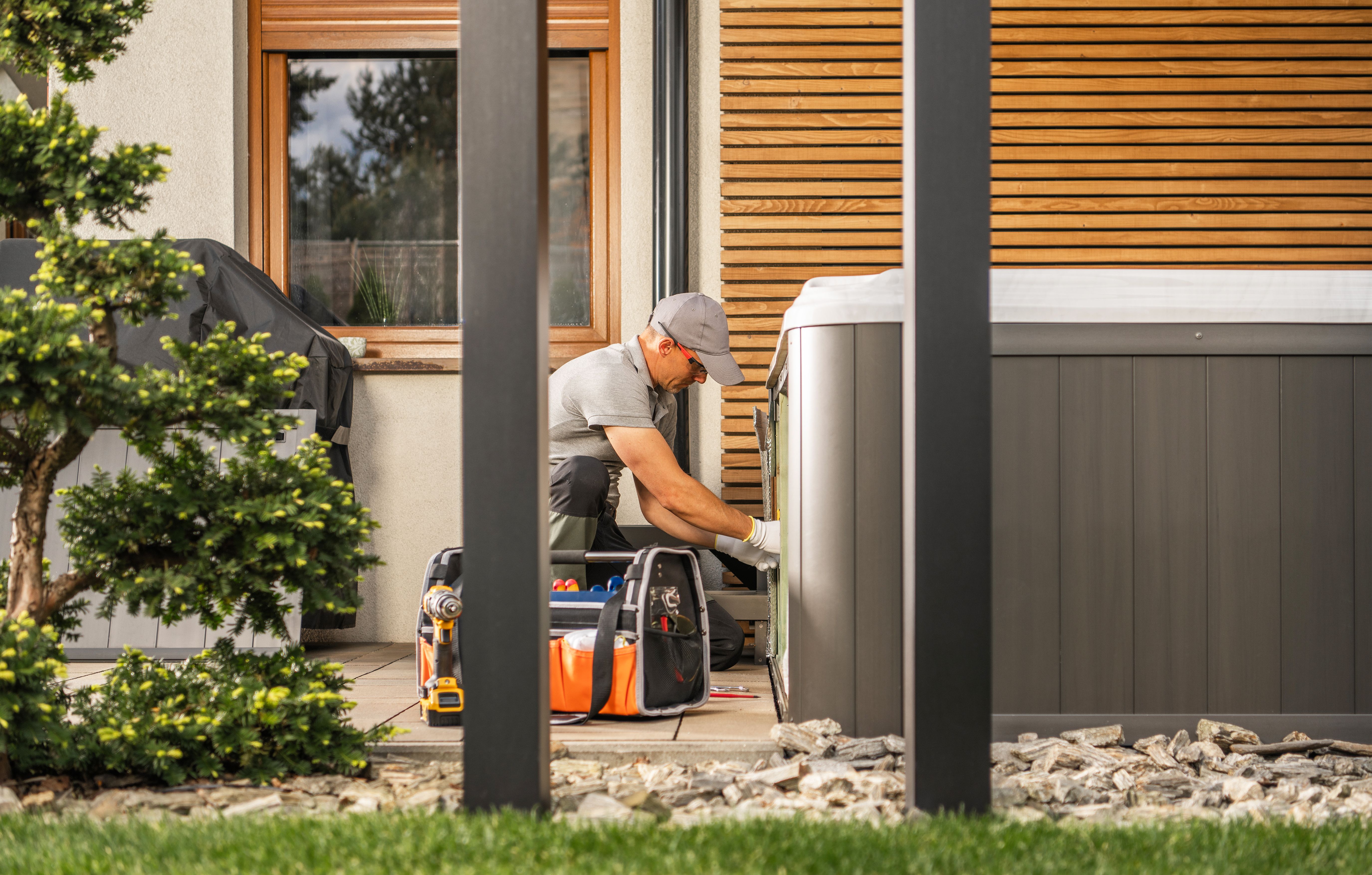Mastering Magnetic Drills: Seasonal Preparation Guide
RR
Understanding Magnetic Drills
Magnetic drills are powerful tools used for drilling precise holes in metal surfaces. They are crucial in construction, fabrication, and various industrial applications. To ensure optimal performance, it is essential to prepare these tools according to the season.

Inspecting the Drill
Before diving into the specifics of seasonal preparation, start by inspecting your magnetic drill. Check for any visible signs of wear and tear, and ensure that all components are functioning correctly. Regular maintenance is key to extending the life of your equipment.
Key Inspection Areas
Focus on these areas during inspection:
- Motor: Ensure there are no unusual noises or vibrations.
- Cord: Look for fraying or damage to avoid electrical hazards.
- Base: Verify that the magnetic base adheres properly to surfaces.
Preparing for Cold Weather
In colder climates, magnetic drills may require additional care. Cold temperatures can affect the viscosity of lubricants and the performance of the motor. It is essential to use appropriate lubricants that are suitable for low temperatures.

Steps for Cold Weather Preparation
- Store your drill in a temperature-controlled environment when not in use.
- Use a lubricant designed for low temperatures to ensure smooth operation.
- Allow the drill to reach room temperature before use to prevent condensation.
Handling Hot Weather
High temperatures can also impact the efficiency of magnetic drills. Overheating may lead to motor failure or reduced magnetic adhesion. Proper ventilation and cooling are critical during hot weather conditions.
Hot Weather Tips
Consider these tips to protect your drill in hot weather:
- Shade: Operate the drill in shaded areas to reduce heat exposure.
- Breaks: Give the motor regular breaks to prevent overheating.
- Cooling: Use fans or cooling pads if available.

Seasonal Storage Solutions
Proper storage is crucial for maintaining the longevity of your magnetic drill. Regardless of the season, storing your drill in a dry, dust-free environment prevents damage and ensures it is ready for the next project.
Storage Best Practices
- Clean the drill thoroughly after each use to remove metal shavings and debris.
- Store in a hard case or cabinet to protect from dust and moisture.
- Regularly check storage conditions to maintain optimal temperature and humidity levels.
Regular Maintenance for Year-Round Efficiency
Regular maintenance is not just a seasonal task; it should be part of your routine. By dedicating time to maintain your magnetic drill, you can ensure it remains in excellent working condition, reducing downtime and repair costs.
Maintenance Checklist
Implement a monthly maintenance checklist that includes:
- Inspecting all moving parts for wear and lubricating as needed.
- Checking the alignment of the drill and base.
- Testing the magnetic adhesion on a scrap piece of metal.
